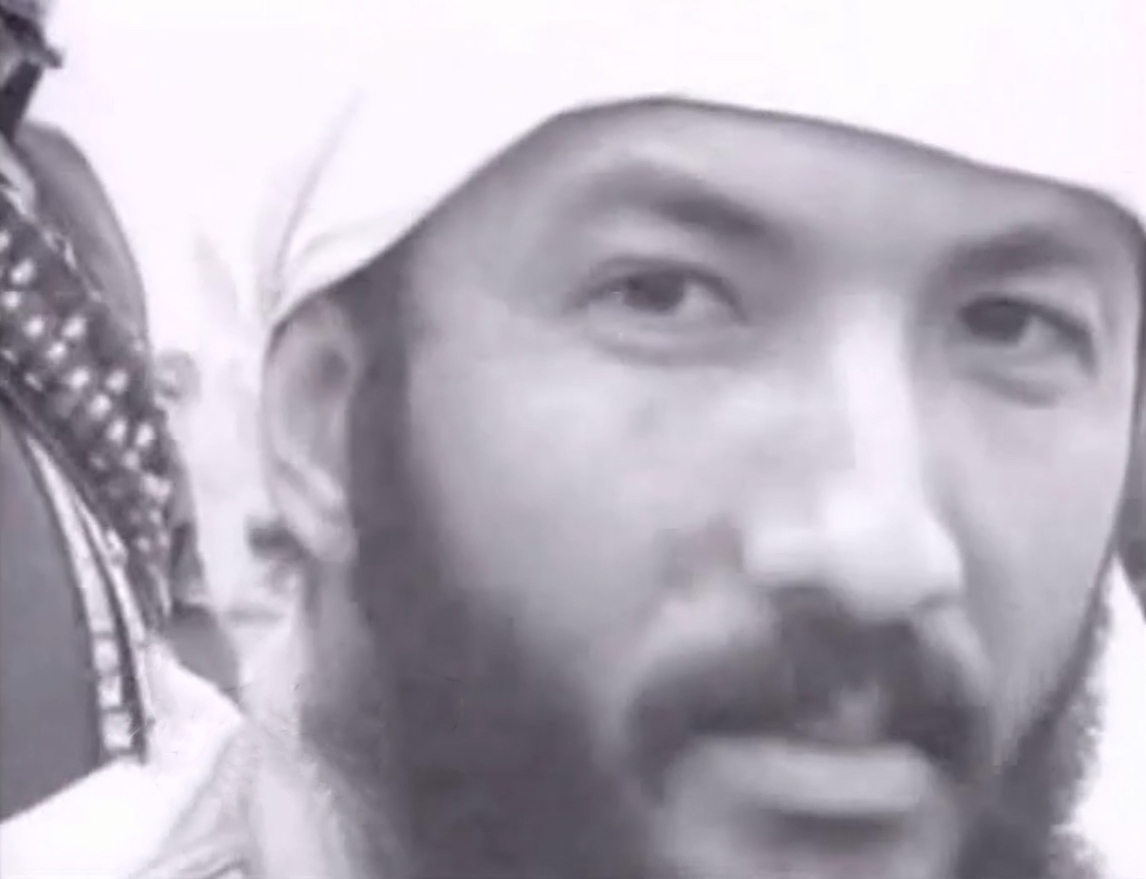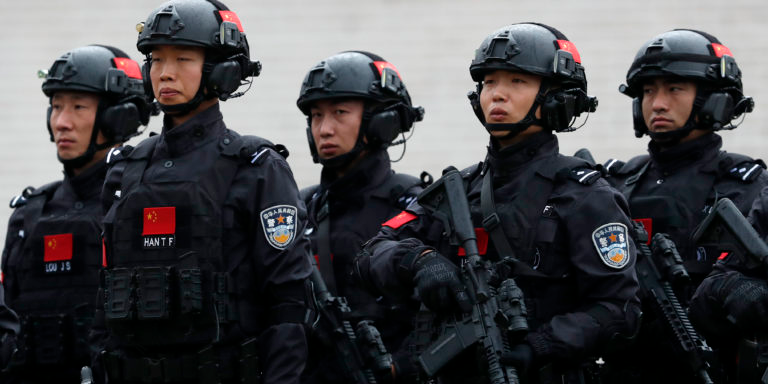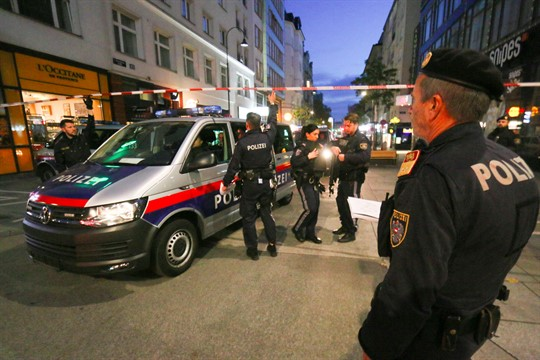Egypt’s chief archaeologist displayed on Tuesday the latest discoveries from the Sakkara cemetery south of Cairo and said many more treasures clearly lay hidden beneath the sands. The new finds, outlined in statements over the past week, also show that Sakkara remained a necropolis, from the Greek “City of the Dead”, for Egypt’s elite long after the Old Kingdom period for which it is famous, said Zahi Hawass of the Supreme Antiquities Council.
The finds include the tomb of a royal cupbearer from the time of the “rebel” pharaoh Akhenaten, who abandoned most of Egypt’s old gods in favor of the Aten sun disk and brought in a new and more expressive style of art.
Akhenaten ruled between 1379 and 1362 BC, just before the famous boy king Tutankhamun,
The well-preserved and colored reliefs in the tomb of Ptah Em-Wia, who may have worked for Akhenaten himself, show several distinctive features of the period — elongated heads, protruding bellies, domestic scenes and lively movement.
Maarten Raven, the field director of the Dutch mission which has excavated the tomb over the past two months, said he expected more tombs from the period to turn up in Sakkara, which is most famous for pyramids and tombs from 1,000 years earlier.
The nearby city of Memphis remained the de facto capital of Egypt for most of pharaonic history, even when the official capital was at Luxor in the south or in the new city which Akhenaten built at Tell el-Amarna in central Egypt.
MORE TO BE FOUND
“It was business as usual and Memphis still functioned as the capital, so there were courtiers and high officials and they must have had their burials, so I’m sure there is a lot more to be found in this area,” Raven said.
“We thought all the tombs of the period were in Amarna but Akhenaten built temples in Sakkara … and this shows that the officials who ruled the north were buried here,” said Hawass.
One of the other new discoveries, by a Japanese team of archaeologists, is a set of Middle Kingdom sarcophaguses typical of the 12th dynasty, who lasted from 1991 to 1786 BC.
The sarcophaguses are of a priest called Sobek Hat and his female companion, both made of wood coated with painted plaster and then inscribed with hieroglyphic writing.
Both have anthropoid coffins inside, fitting closely around mummies, which have not yet been opened.
“This discovery can enrich our knowledge of Sakkara in the Middle Kingdom, which is very limited. Before this we had only one or two objects from the period,” Hawass said.
“It seems that Sakkara revealed this week lots of secrets, and there are many more under the sands,” he added,
A third discovery, announced by the Supreme Antiquities Council on Monday, was of a cache of wooden statues dating back to about 2200 BC, the heyday of the Sakkara necropolis.
The council said in a statement that the cache contained five statues, including a rare double wooden statue of the scribe Ka-Hay and his wife.
But Hawass said there were only three wooden statues, two of the scribe and a separate one of his wife.
 Eurasia Press & News
Eurasia Press & News



